Angel, I shall follow thee (1901)
Angel, I shall follow thee (1901)
Couldn't load pickup availability
Share
Most people see "Angel, I Shall Follow Thee" and admire its ethereal beauty—a wistful young man, his gaze lost in thought, shadowed by a striking, otherworldly figure. But those who truly understand Jacek Malczewski’s genius know this is no mere romantic vision; it’s a work charged with tension, purpose, and quiet defiance.
Malczewski, a master of Polish Symbolism, weaves national identity, mysticism, and personal struggle into every brushstroke. The angel, with her haunting gaze and flowing robes, is not a passive guide but a commanding presence. She leads, but to where? The young man’s expression suggests a journey of both longing and resistance—a metaphor for Poland’s fate, torn between past and future, oppression and hope.
Look closer, and the painting shifts. The rich palette of warm golds and cool blues creates a dreamlike atmosphere, while the soft yet deliberate detailing in the angel’s wings suggests both comfort and inevitability. The contrast between their expressions—one resolute, the other uncertain—pulls the viewer into their silent dialogue.
This is not just an artwork; it’s an invitation to a deeper story, one of destiny, duty, and the weight of unseen forces. If you know, you know. And now, that quiet understanding can be part of your space.
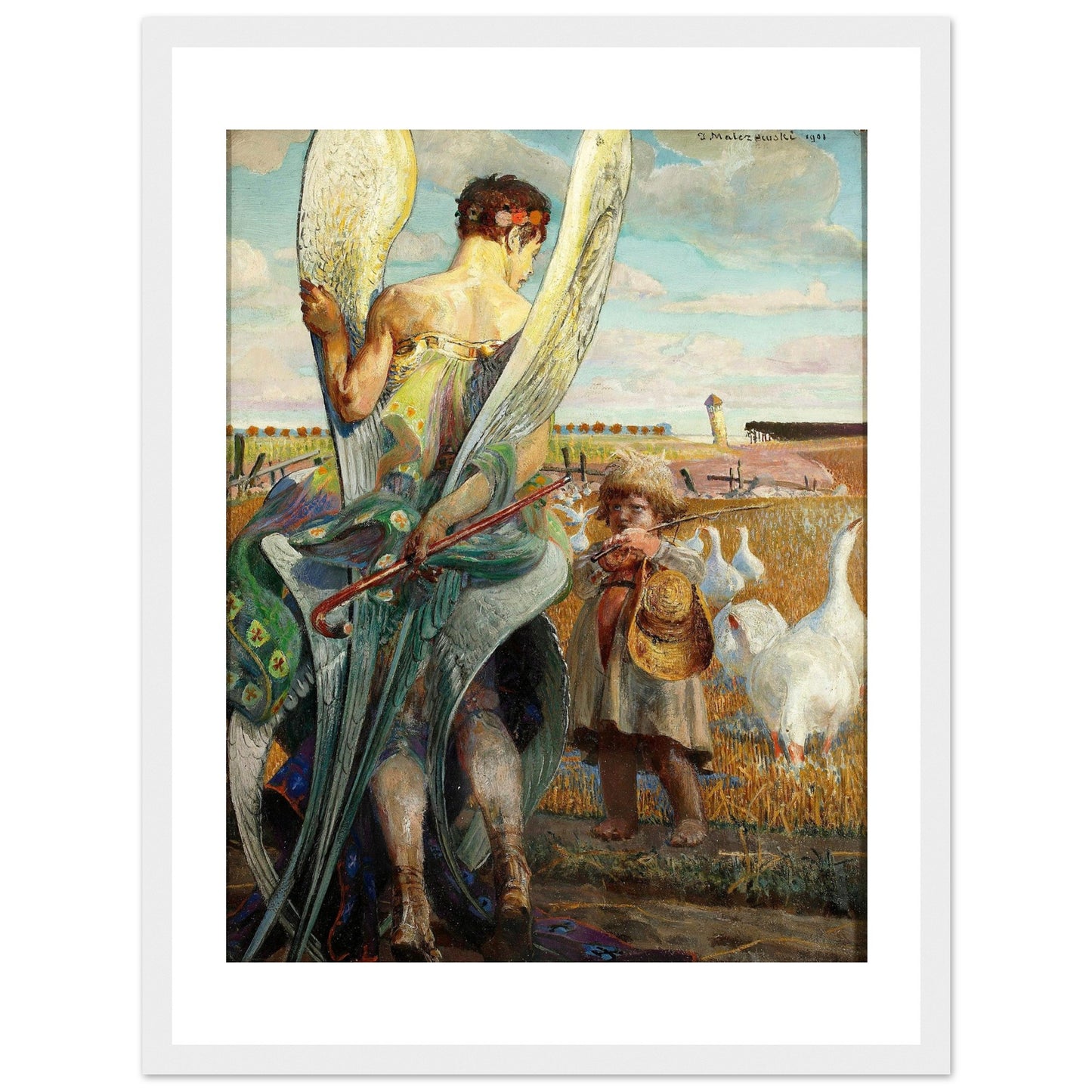
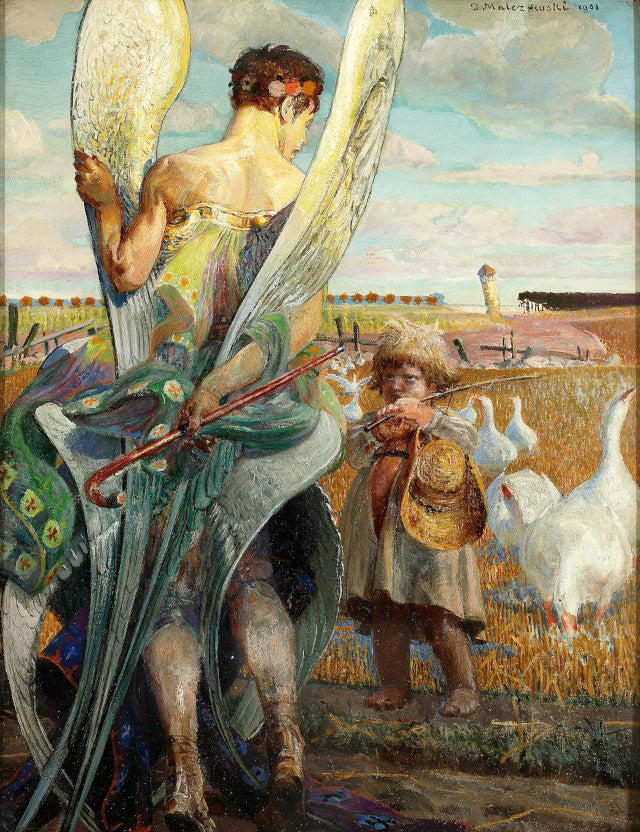
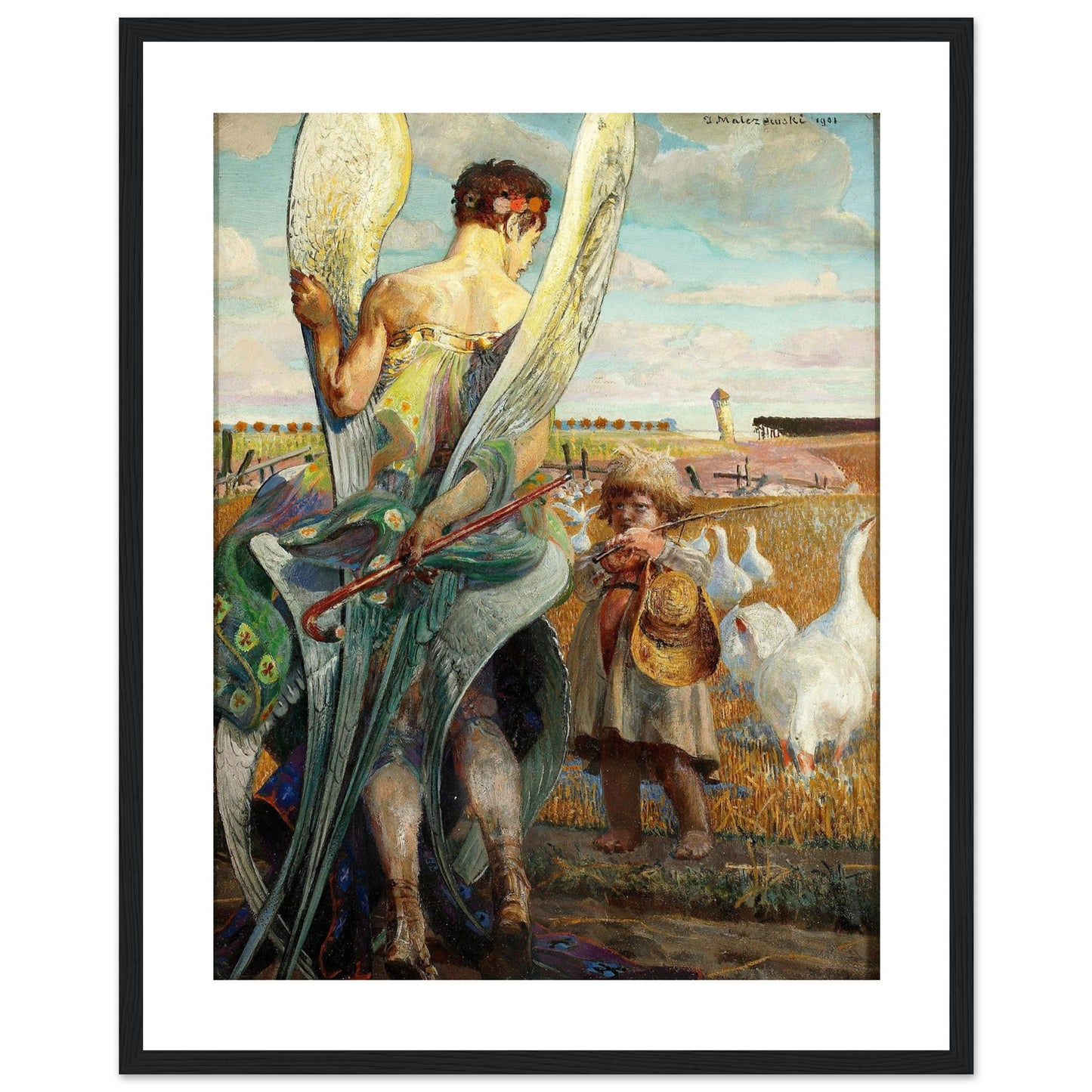
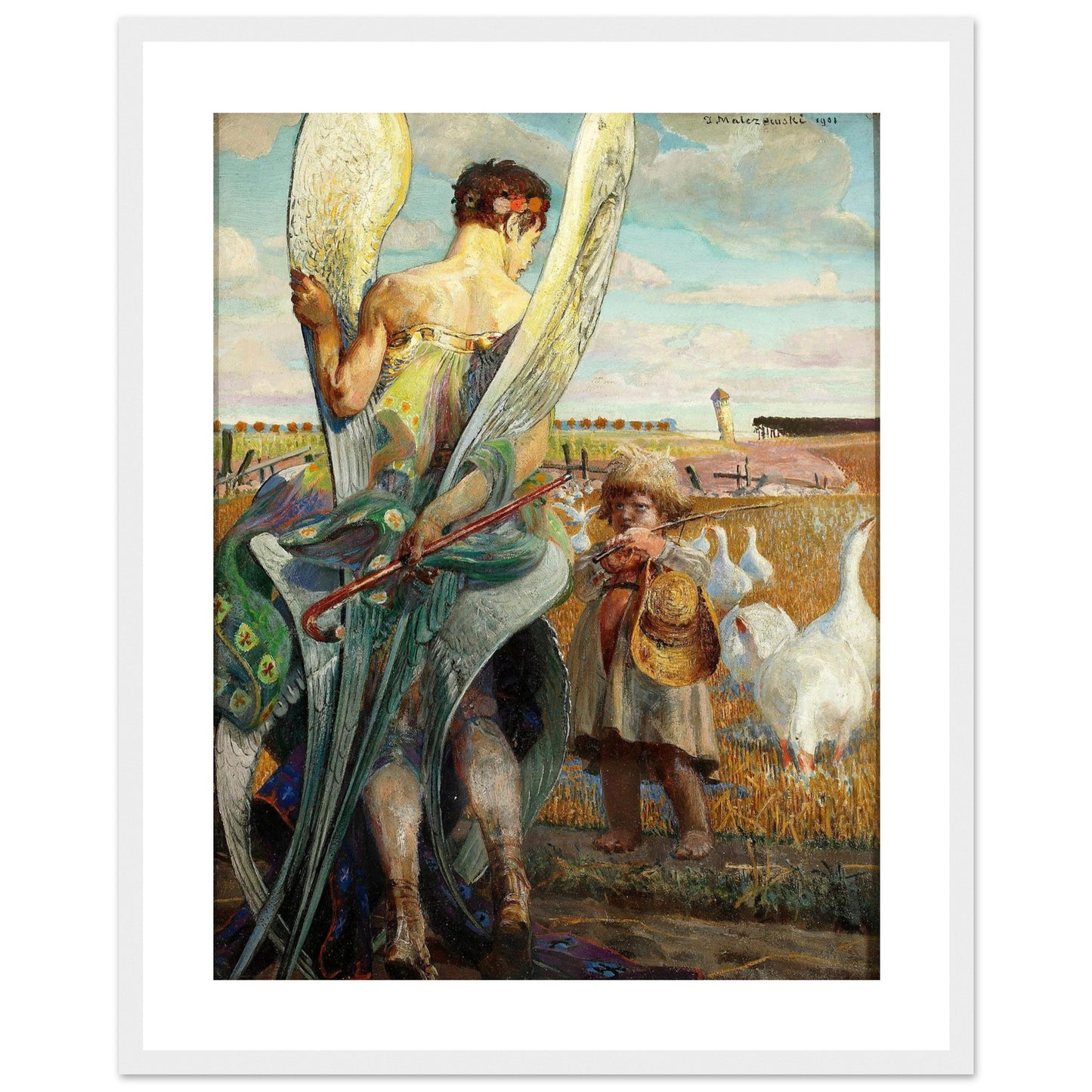
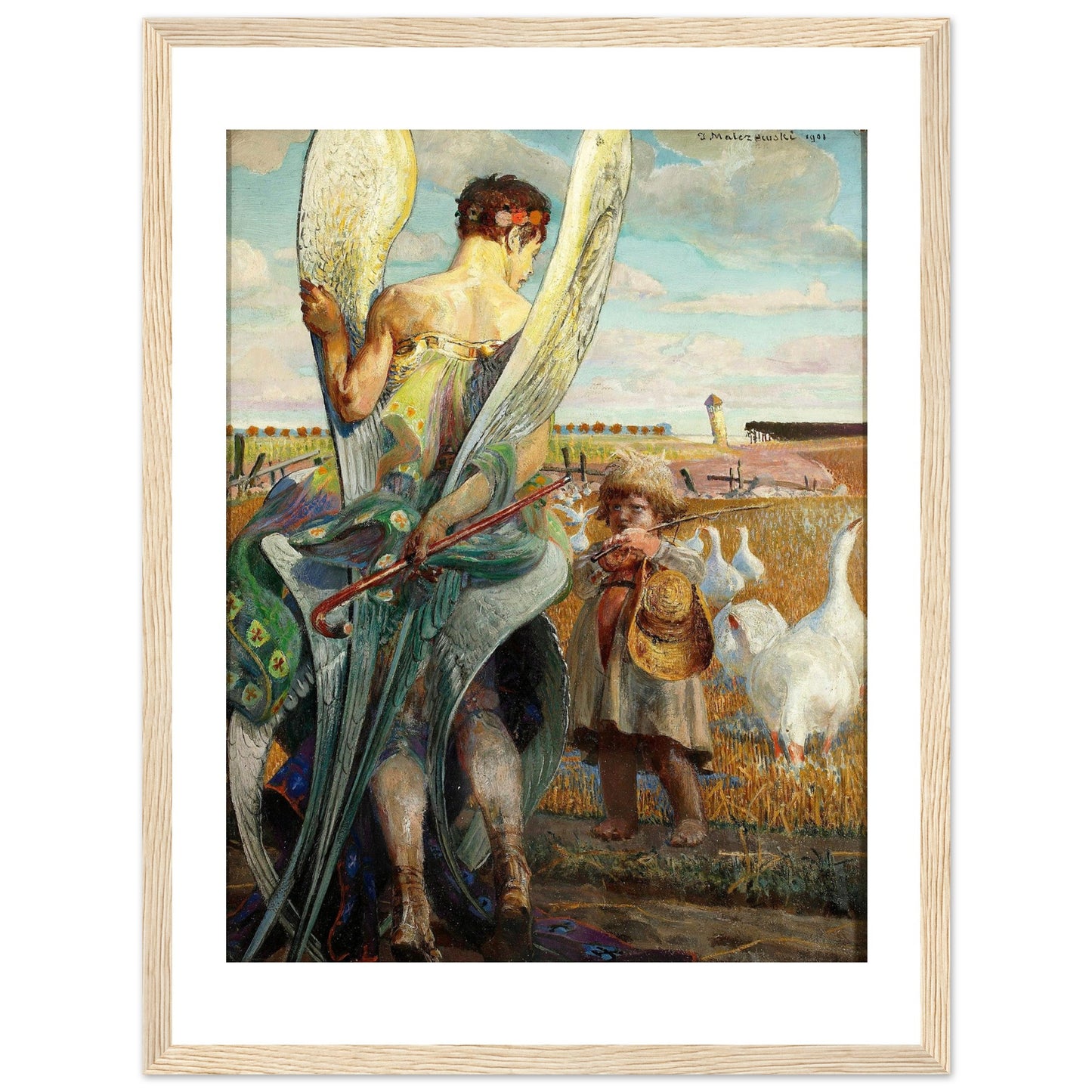

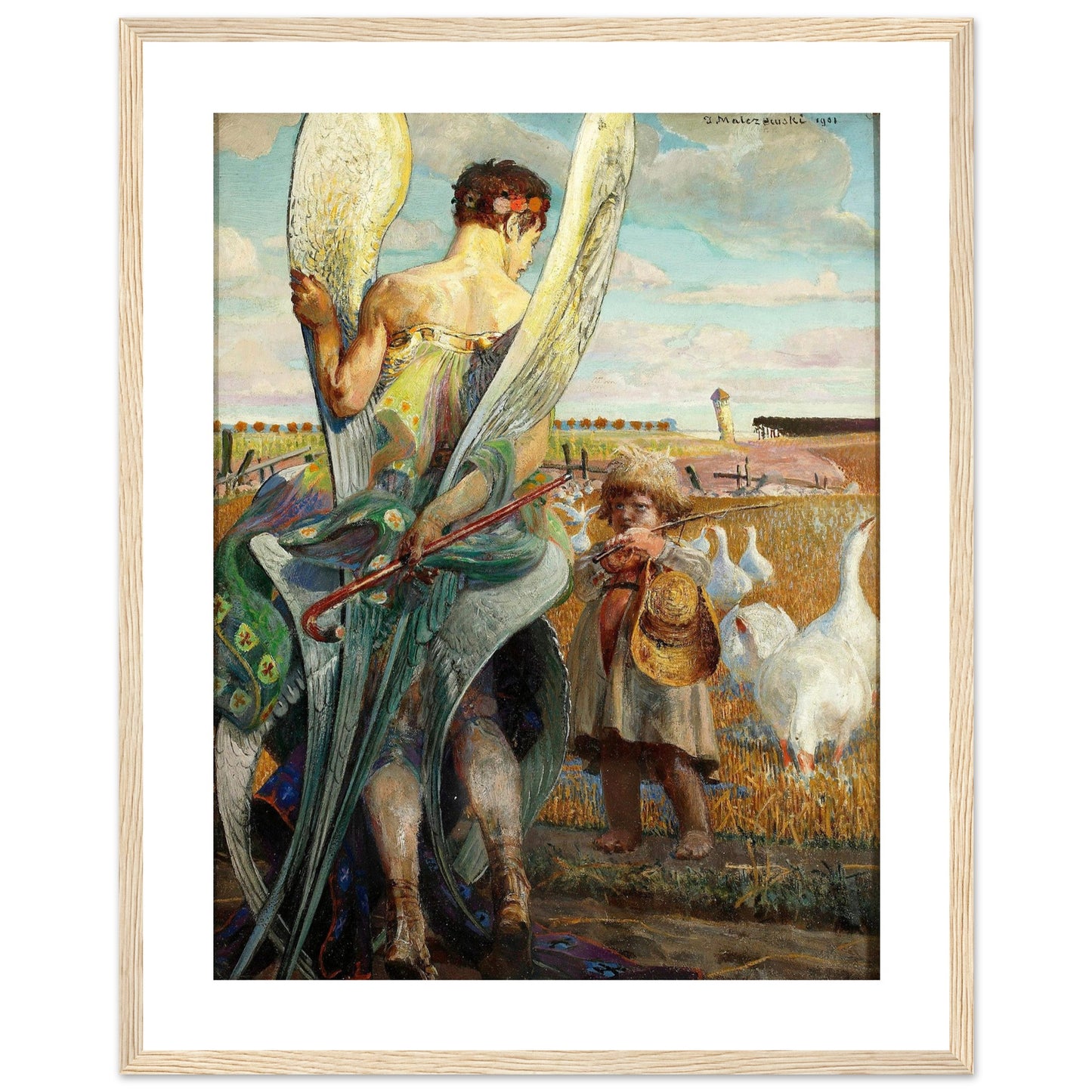
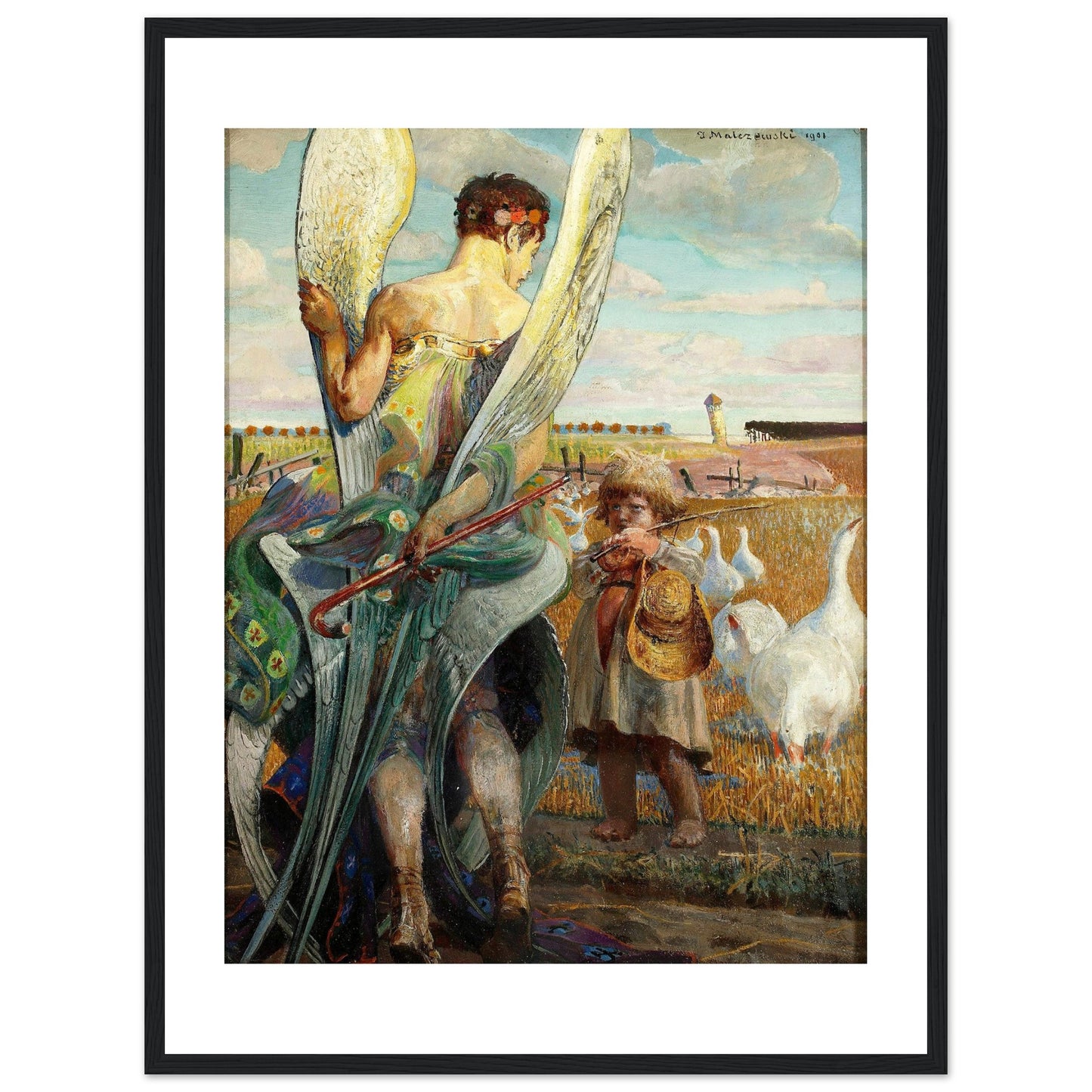
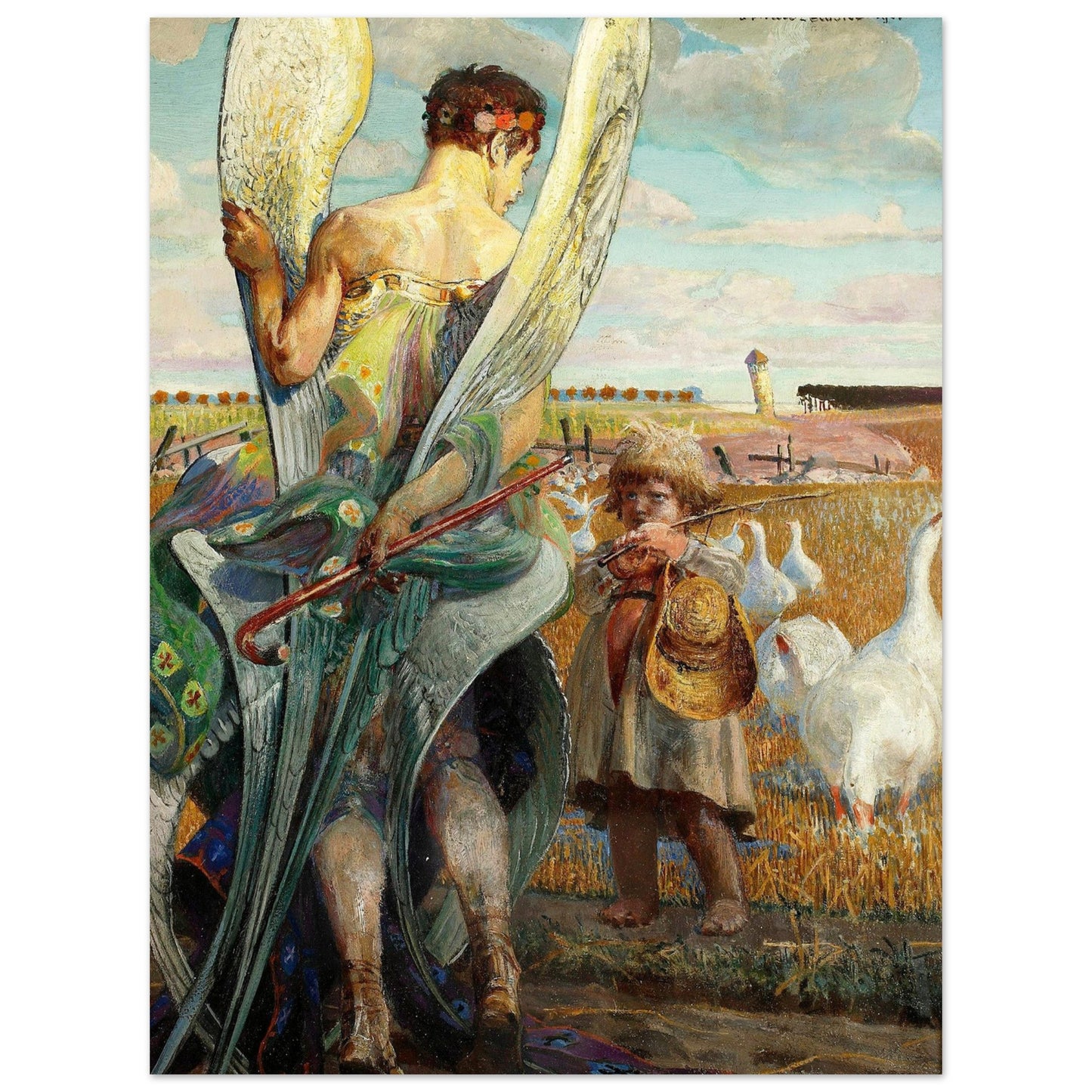
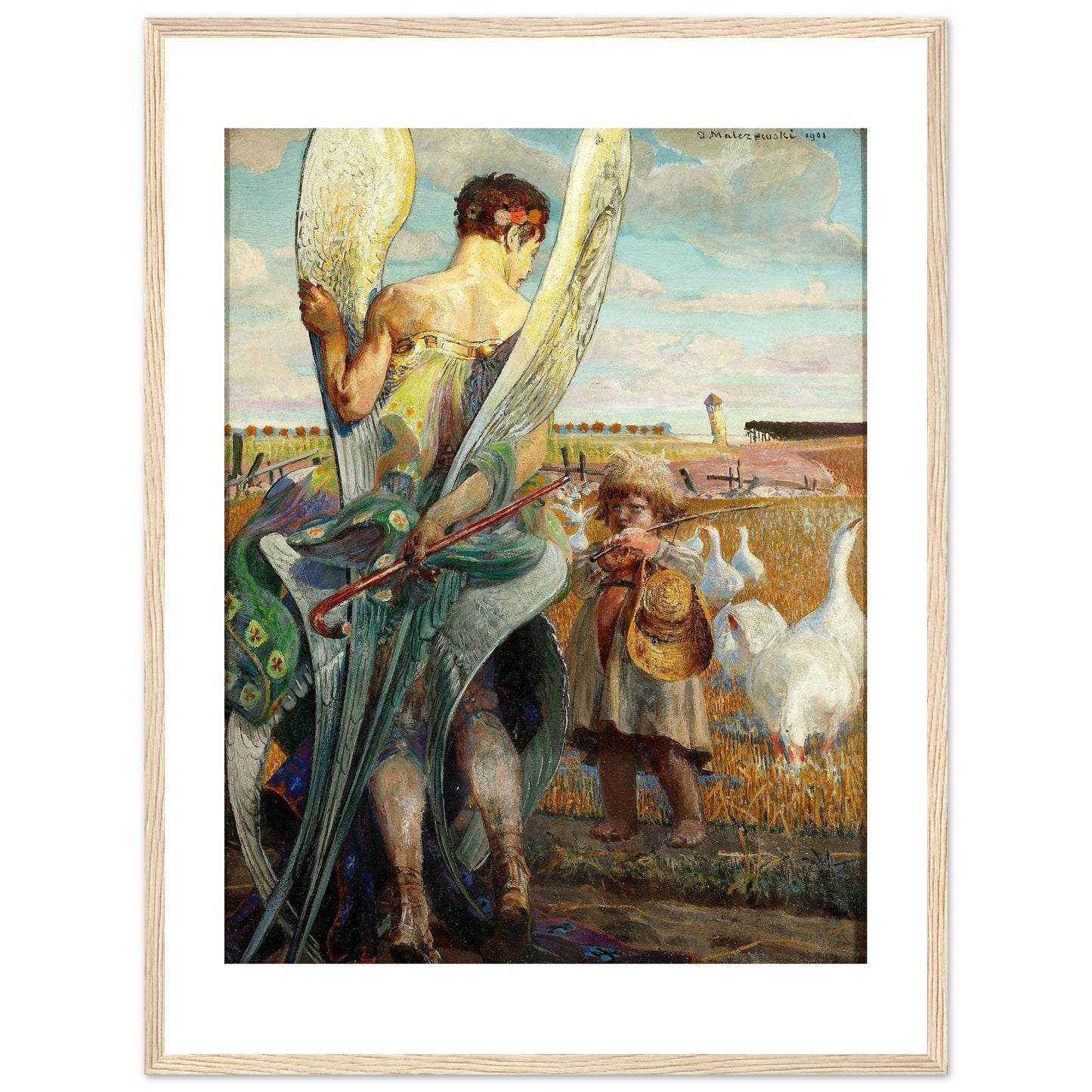
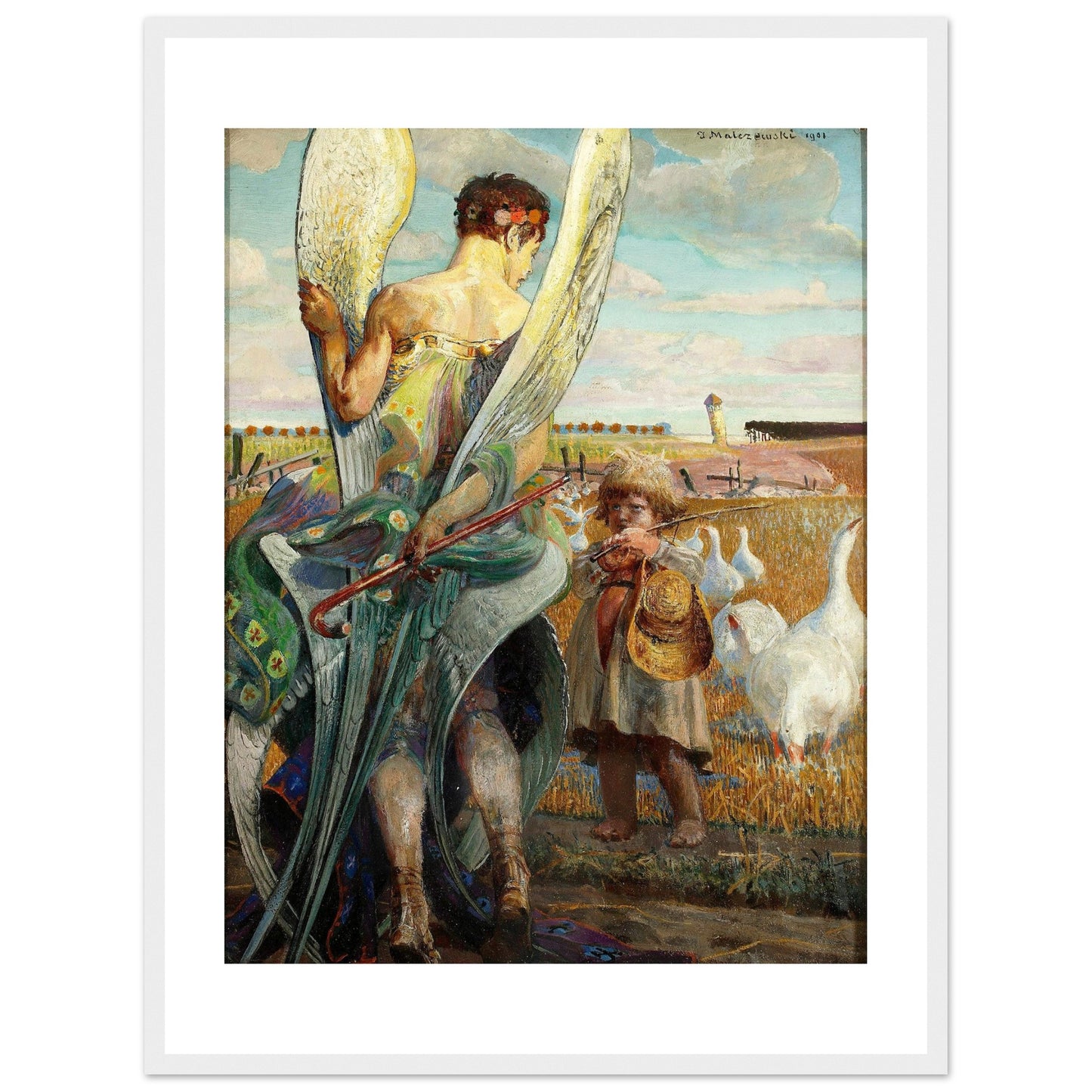
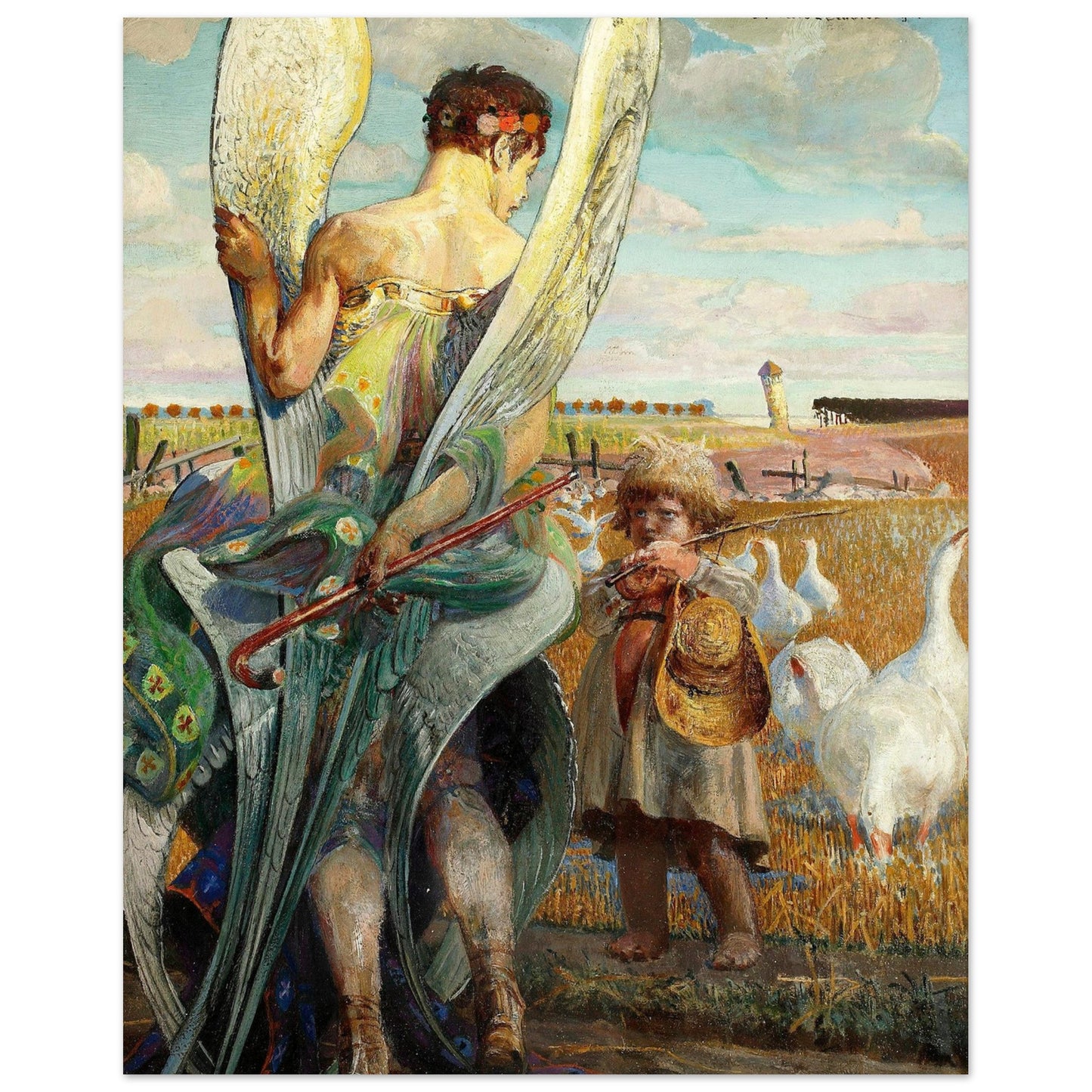
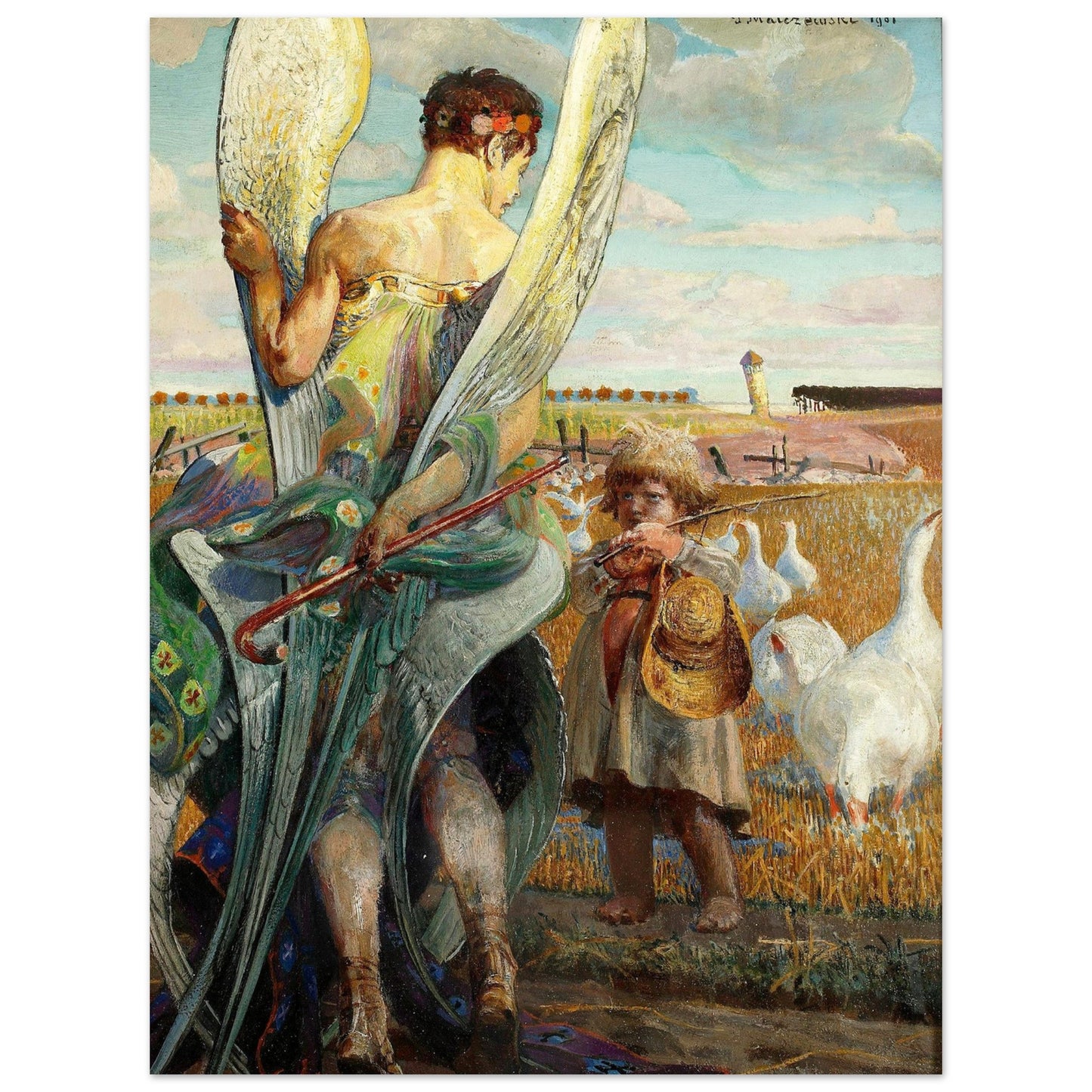
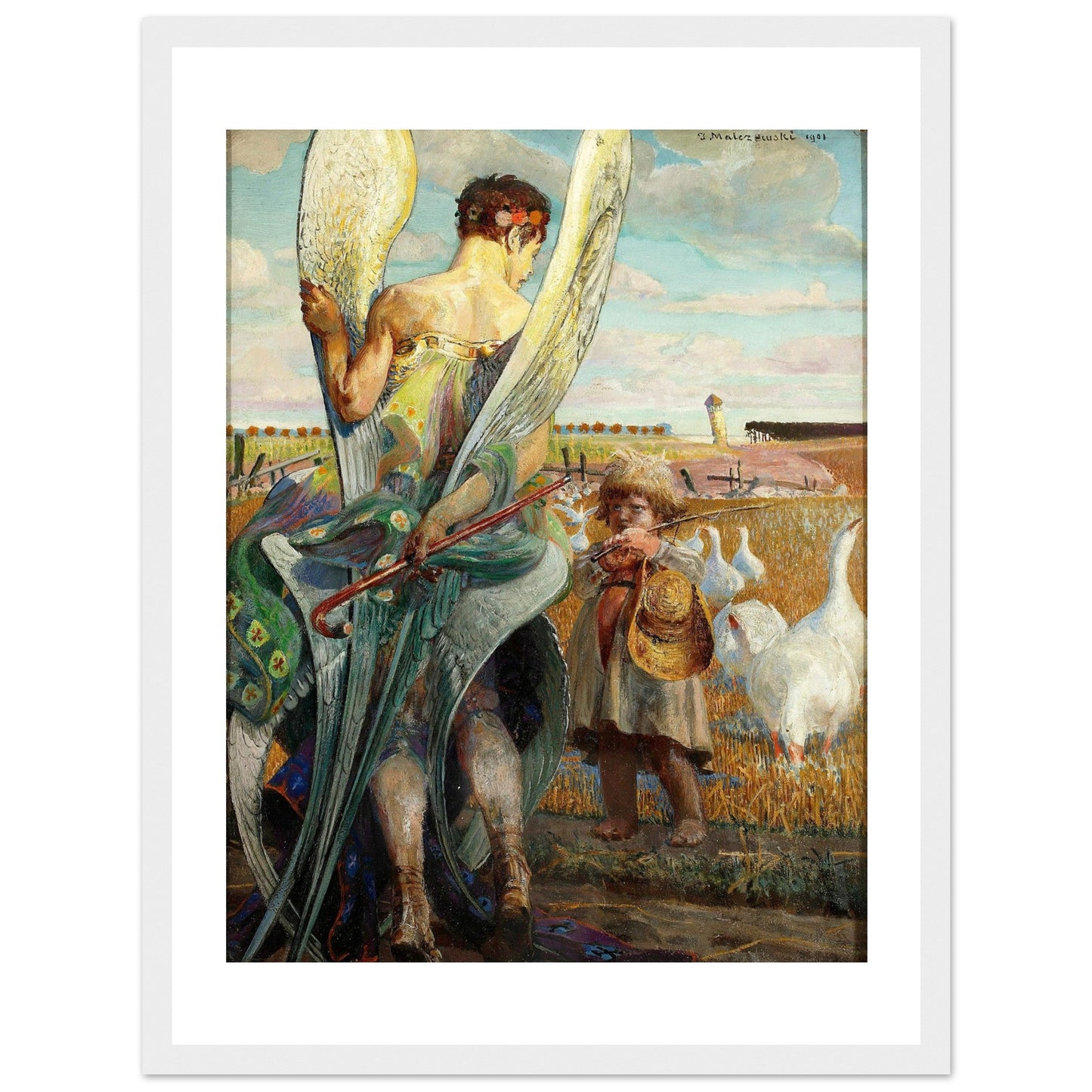
Fast, Trackable Delivery. Wherever You Are 🌍
Made & shipped from 9 global print hubs
Our smart routing system picks the closest production centre to you for speed and sustainability in UK, US, Canada, France, Germany, Netherlands, Norway, Spain, Sweden.
Quick-turn dispatch
Prints leave the studio in 1-3 business days, then typically arrive in:
UK: 3-4 days | US: 4-6 days
Canada: 5-6 days | EU: 3-5 days
Rest of world: ≈ 14 business days
Trusted carriers only
Royal Mail, DHL, UPS, FedEx, Parcelforce, PostNL, Asendia, EVRi, Posten & more—all fully trackable.



